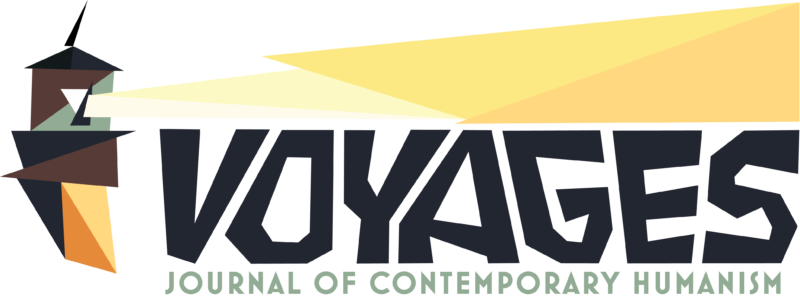Michael Wyatt, editor: The Cambridge Companion to the Italian Renaissance, Cambridge University Press, 2014
Aimed “to provide a broad framework for the interdisciplinary study of the Italian Renaissance” (xvii), the volume contains 17 essays that cover the main research avenues in the field published over the past twenty years, arranged in the following order: Artistic geographies – Stephen J. Campbell, Antiquities – Kathleen Wren Christian, Mapping and voyages – Francesca Fiorani, Artists’ workshops – Patricia L. Reilly, Technologies – Michael Wyatt, Languages – Maurizio Campanelli, Publication – Brian Richardson, Verse – Deanna Shemek, Prose – Jon R. Snyder, Music – Giuseppe Gerbino, Spectacle – Ronald L. Martinez, Philosophy – Diego Pirillo, Religion – Adriano Prosperi, Political cultures – Mark Jurdjevic, Economies – Judith C. Brown, Social relations – Giovanna Benadusi, Science and medicine – Katharine Park and Concetta Pennuto.
The editor’s decision to frame the Renaissance between the war of the “Sicilian Vespers” in 1282 and the execution of Giordano Bruno in Rome in 1600, results in identifying groundbreaking changes earlier than usually assumed, bringing for instance Dante into the equation as a precursor in valorizing classical models and using proto-Renaissance literary conventions (4), and considering the novelties brought about by mostly independent minds to have been significantly constrained by Catholic Orthodoxy at the end of the 17th century.
Interdisciplinarity is evidenced in the wide range of areas assembled in the volume and shines through transversally, following the evaluation of some fields as organic to the culture in all its main manifestations, and thus not treated separately. Such is the case with humanism, mostly referred to in Languages and Publication, but also in its connection to religion or political cultures; a similar treatment is reserved to gender issues, most consistently investigated in Giovanna Benadusi’s study on Social relations, but also touched on in other essays. To give an example, Vittoria Colonna is mentioned in Publication as an author who “did not sanction the editions of her verse that were printed during her lifetime…”(172), named under Verse with other female poets (186-7) and in Religion as a member of the spirituali group together with Michelangelo, Giulia Gonzaga and Cardinal Morone (287).
The essays offer a comprehensive insight into the life and creativity of the Italian Renaissance, and simultaneously illustrate the articulate conception of historiography and culture formulated by the editor Michael Wyatt in the introductory essay Renaissances. The foundation of his approach is de-centralization with the ensuing plurality of the critical discourse. This is manifest in the survey of competing interpretations of one object of study in each essay, in plural titles like Renaissances, Antiquities, Technologies, Economies, or vice-versa in the use of a broad category to include a variety of objects of study. For instance, under Spectacle, Ronald L. Martinez treats theatre as a subspecies of a large range of public performances that included games, races, masques, dancing, pageants, Roman triumphs. Diego Pirillo entitles his essay Philosophy, but the plural could have functioned as well, as he addresses the interpretations of Plato, Renaissance Aristotelianisms, and the diverging ways of recovering Epicureanism and Stoicism.
De-centralization applies topographically as moving beyond the long established Rome-Florence-Venice axis, towards insufficiently explored but no less significant areas of innovation like Naples, Sicily or the Marche region. This may appear as an application of the center-periphery dichotomy proposed by Enrico Castelnuovo and Carlo Ginzburg, but it moves beyond it, integrating macro-and micro history and pleading for a more nuanced terminology. Stephen J. Campbell’s programmatic art history essay points out that there are different typologies of center, as well as many ways of understanding the concept of periphery, specifying that “the prevailing question for art history now is how to address the local, wherever it might be identified, and to characterize the local in terms of relations within an overall field of artistic production which is increasingly marked by centralization“(35).
The Companion is not just a collectively signed publication, but introduces historical studies as the collaborative enterprise of a scholarly team. It is to Michael Wyatt’s merit to have brought together what he calls “the disparate traditions of Anglo-American and Italian scholarship”(xvii), offering an example to solve the controversial issue of who is entitled to write the history of a cultural tradition: the insiders or the outsiders to that tradition. This collaboration was made possible, the reader finds out, by the Harvard University Center for Italian Renaissance Studies in Florence, where many of them met as research fellows (xvii-xviii). The dialogue in an intellectually challenging, yet convivial environment has obviously facilitated the structural and methodological coherence of the book.
The imperative of accurate research is complemented by the acknowledged relativity of the historical discourse. As the past does not exist unless re-created, for the editor “to a great extent history is made by the historians, not by those who live through the events that come to define the patterns which later emerge in accounts of them“(3) and this mediated character of historical knowledge implies the historian’s perspective as another form of de-centralization.
Departing from the traditional purpose of this kind of publication to set a didactic canon, The Cambridge Companion to the Italian Renaissance orchestrates the large variety of Renaissance realities and their critical interpretations into a dynamic model, whose focus is not on the single objects, but on the phenomenology of their interrelatedness. The analogy that comes to mind is music, where sounds have value in relation to other sounds. This model is intellectually more engaging and offers the readers valid instruments to re-think the Renaissance and its histories. It is, to use Whitehead’s formula, a creative advance into novelty.

